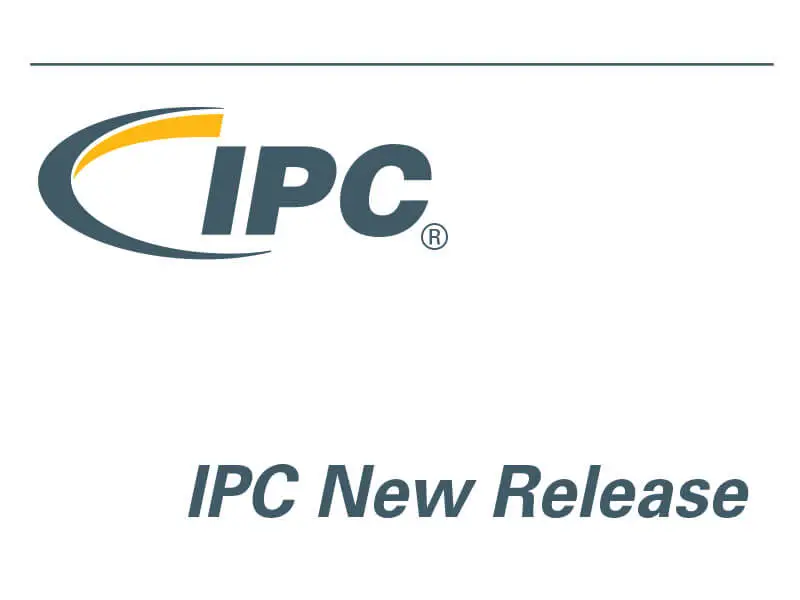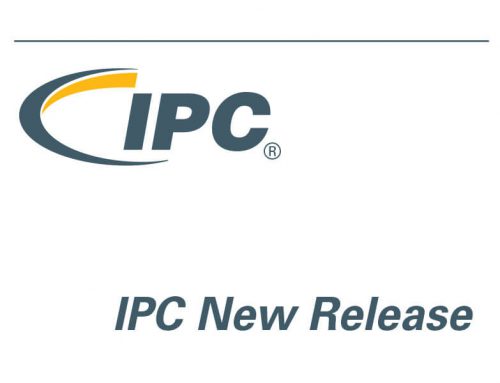Encapsulation, for IPC-7621 standard, is defined as a low pressure molded thermoplastic, e.g., polyamide, which is brought to a liquid state and injection molded and (rather quickly) returned to a temperature below its melting point., forming a durable yet pliable (rubbery-like) form. The desired performance characteristics of low pressure molding (LPM) encapsulation depend on the application and must be considered when selecting material.
IPC-7621, Guideline for Design, Material Selection and General Application of Encapsulation of Electronic Circuit Assembly by Low Pressure Molding with Thermoplastics
Users are urged to consult material suppliers for detailed technical data. The IPC-7621 standard will aid the user in understanding the capabilities and limits of LPM using thermoplastics. It is the responsibility of the user to determine the suitability, via appropriate testing, of the selected encapsulation and if the application method is suitable for an end use application.
1 SCOPE Encapsulation, for the purpose of this document, is defined as a low pressure molded thermoplastic, e.g., polyamide, which is brought to a liquid state and injection molded and (rather quickly) returned to a temperature below its melting point, forming a durable yet pliable (rubbery-like) form. The desired performance characteristics of LPM encapsulation depend on the application and must be considered when selecting material. Users are urged to consult material suppliers for detailed technical data. This guide will aid the user in understanding the capabilities and limits of LPM using thermoplastics. It is the responsibility of the user to determine the suitability, via appropriate testing, of the selected encapsulation and if the application method is suitable for a particular end use application, including but not limited to:
a. Inhibit current leakage and short circuit due to humidity and contamination from service environment.
b. Inhibit corrosion, tarnish.
c. Encapsulation may help in reducing the stresses due to CTE mismatches.
d. Inhibit arcing and corona, in particular, for high voltage applications.
e. Provide mechanical support and to prevent damages due to mechanical shock and vibration.
f. Provide a mitigation method limiting the growth of tin-whiskers.
g. Promote longer battery life in battery operated devices by limiting parasitic voltage leaching.
h. Inhibit ability of dendritic element formation.
i. Prevent damage of circuit by assemblers, installers and end users.
The acceptability criteria listed in this document were chosen with the intent that the printed board assemblies would not be seen by the end user. If the LPM is to be used as the final housing, more restrictions may be set on aesthetics. The acceptability criteria for any one project may be unique and should considered by the design team and consensus reached between designer, tool makers and part manufacturers prior to engaging in a tooling process. The resulting quality and workmanship acceptability may fall beyond the limits called for in this document. If so, those requirements will be AABUS.
1.1 Purpose The purpose of this handbook is to assist the individuals who must either make choices regarding encapsulation or who must work with LPM encapsulation. IPC-7621 is to provide guidelines for design, material selection, and
application specifically as it pertains to electronic components and printed board assembly by Low Pressure Molding with Thermoplastics.
Preview the IPC-7621 table of contents .pdf file.


